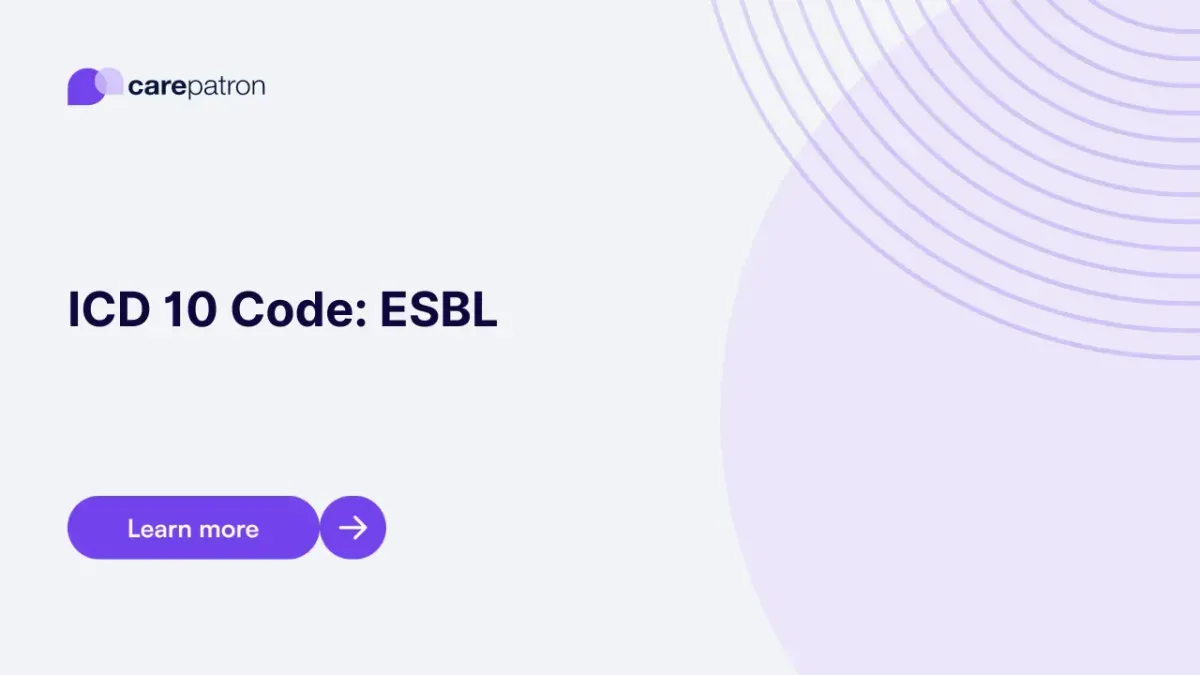
ESBL ICD-10-CM Codes
Explore the commonly used ICD-10 codes for diagnosing ESBL, a bacteria resistant to many antibiotics. Learn about ESBL resistance, treatment options, and more.
Use Code
Commonly asked questions
An ESBL ICD code should be used when a patient is diagnosed with an infection caused by ESBL-producing bacteria.
Treatment typically involves using alternative antibiotics that the ESBL-producing bacteria are not resistant to.
A diagnosis code for ESBL indicates that the patient has an infection caused by bacteria that produce Extended Spectrum Beta-Lactamase, making them resistant to many antibiotics.
EHR and practice management software
Get started for free
*No credit card required
Free
$0/usd
Unlimited clients
Telehealth
1GB of storage
Client portal text
Automated billing and online payments
